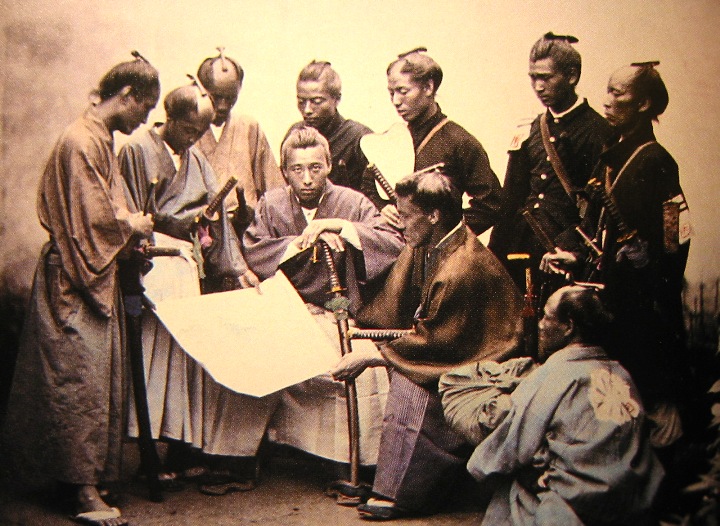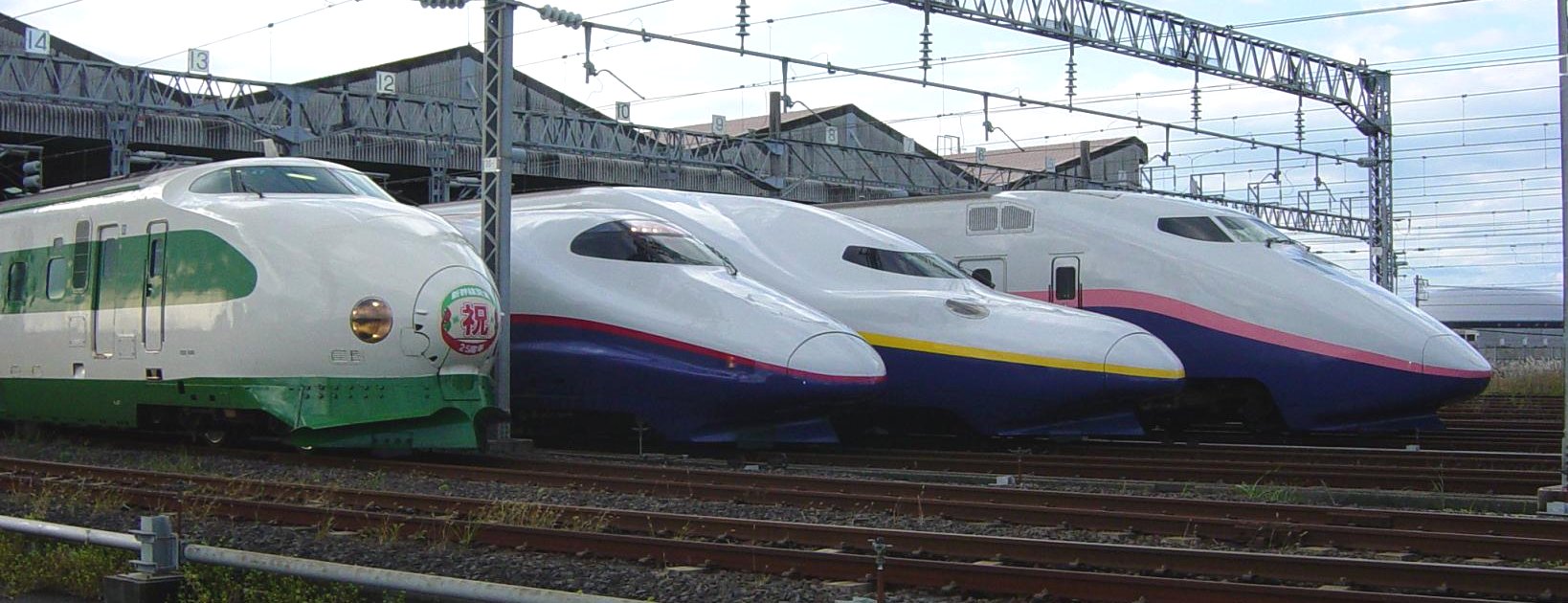In the 11th century, a feudal period started with different leaders, including a Shogun, which is a military ruler, controlling Japan. This continued for a long period until the start of the 19th century.
In the 19th century, the Tokugawa Shogunate reign started to decline. It was the end of a period wherein loyalty and obedience was the absolute, and there was a tight control over the disallowing foreign elements to come in and influence the country.
It was in 1868, during the Meiji Restoration, when Japan started to be known as a force to be reckoned with in the global arena. The rulers then were intent on putting a premium on national strength and wealth. This meant being a worldwide provider of any product of extremely high quality and excellence.
It was during this time that industries were established and flourished under the encouraging watch of Emperor Meiji. Some of the first industries were silk making and ship building. The first Japanese newspaper was also published in 1871.
It was also during this time that Western influence came in and Japan started to modernize to the country we know it to be today.
 Emperor Meiji made education compulsory, and all children, regardless of status were required to attend school. They even adopted the Western calendar and the Western style of dressing.
Emperor Meiji made education compulsory, and all children, regardless of status were required to attend school. They even adopted the Western calendar and the Western style of dressing.
When Emperor Meiji died in 1912, he left behind a great legacy. Japan had become a widely respected nation, not just in Asia, but throughout the globe. It was also a country recognized as a world power, a feat never before imagined by an Asian country.
In World War I, Japan aligned itself with the allied forces, but did a complete turnabout in World War II when it signed a pact with Italy and Germany in 1940. This whole period ended disastrously with the first atomic bomb ever dropped on – in Nagasaki and Hiroshima.
Up to 1952, the US occupied Japan, although amazingly there was an impressive economic thrust that came after, making Japan boom to be the most successful export economy in the world.
Many new changes were introduced like a new constitution, and giving Japanese women the right to vote. From 1950 to the 1960s, Japan was a veritable super power. The standard of living shot up drastically, and the Japanese were sitting at the lap of luxury while the rest of the world suffered a recession.
The 1990s however, brought about its share if disasters in Japan with the massive earthquake in Kobe, and the poison gas attach in the subway system of Tokyo. Japan’s economy started to slip, even if the nation was still relatively rich and powerful.



